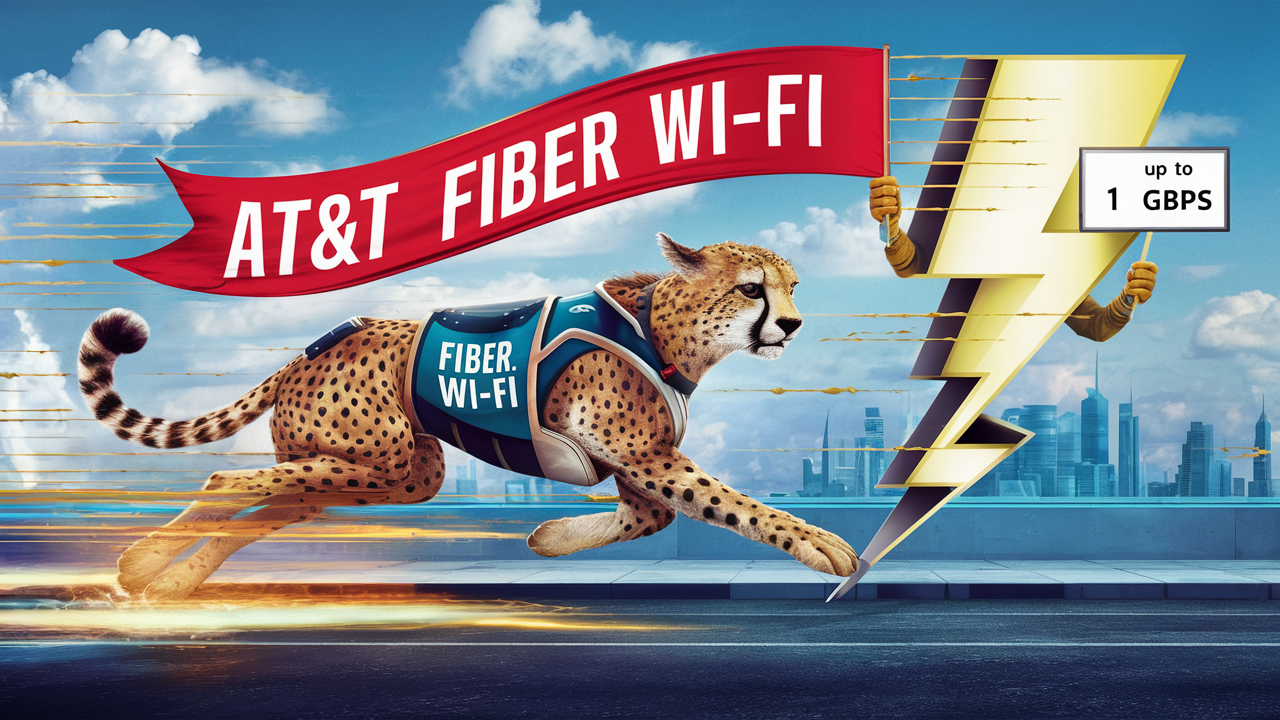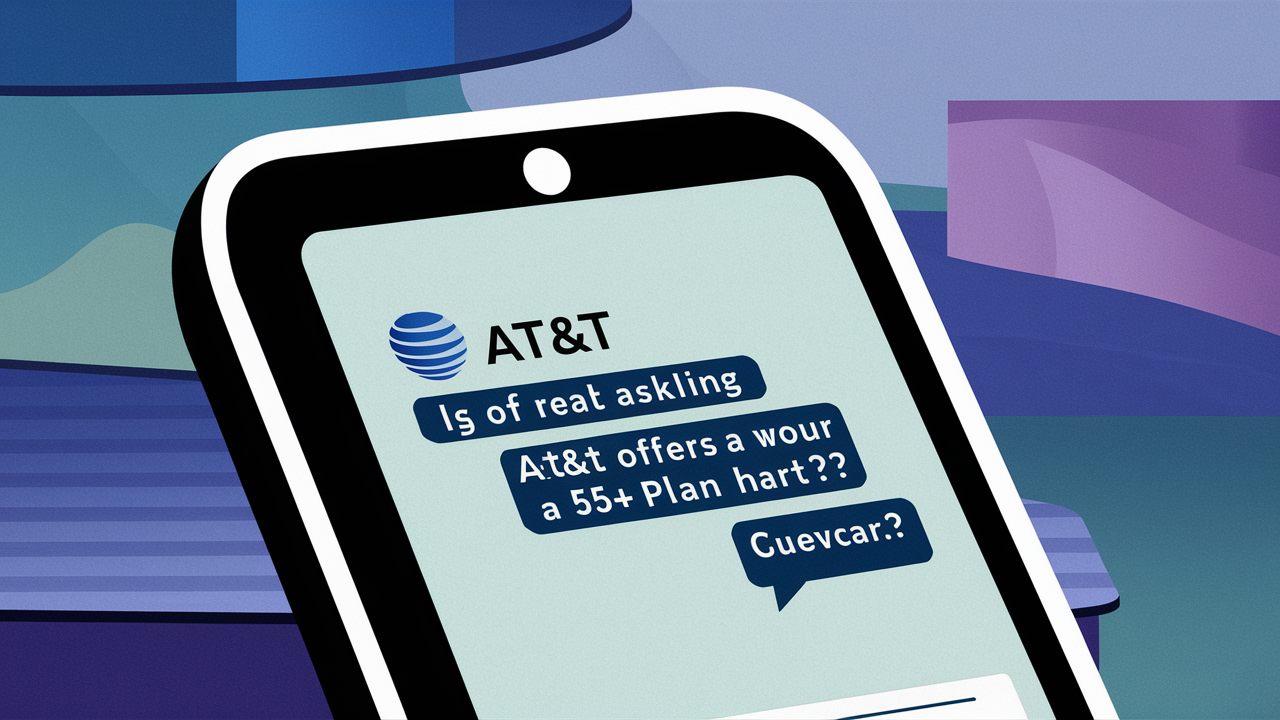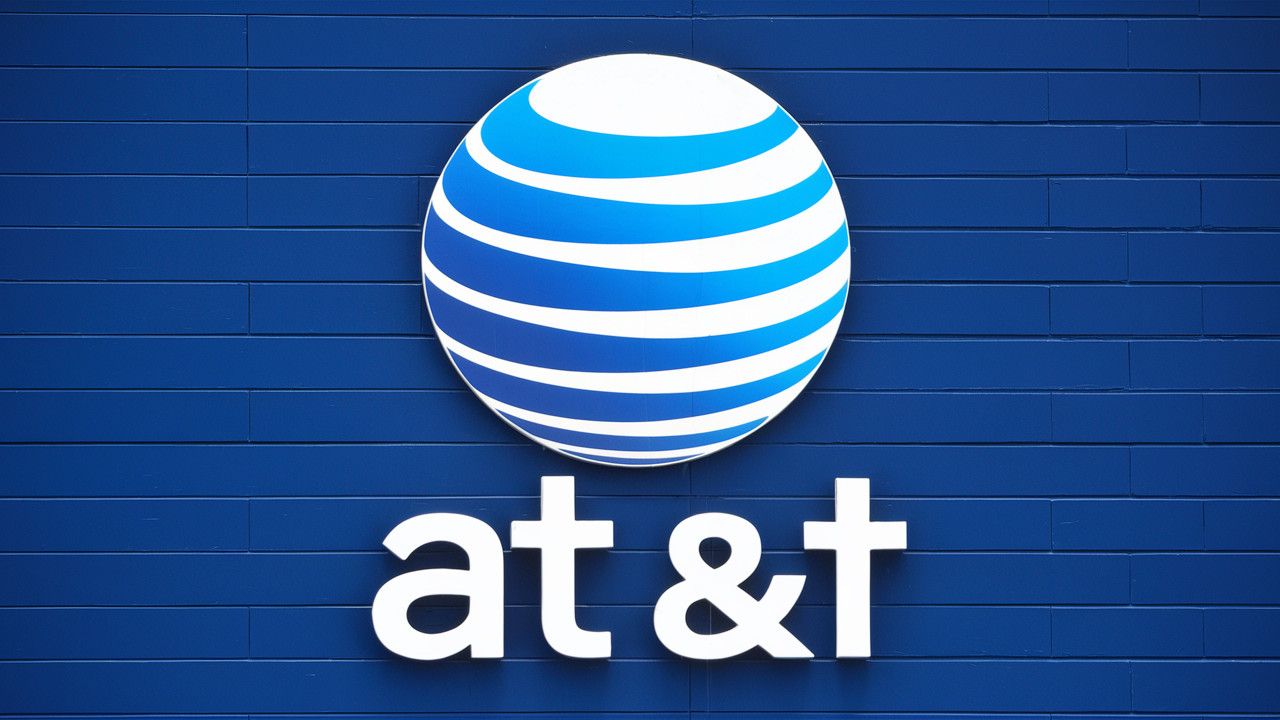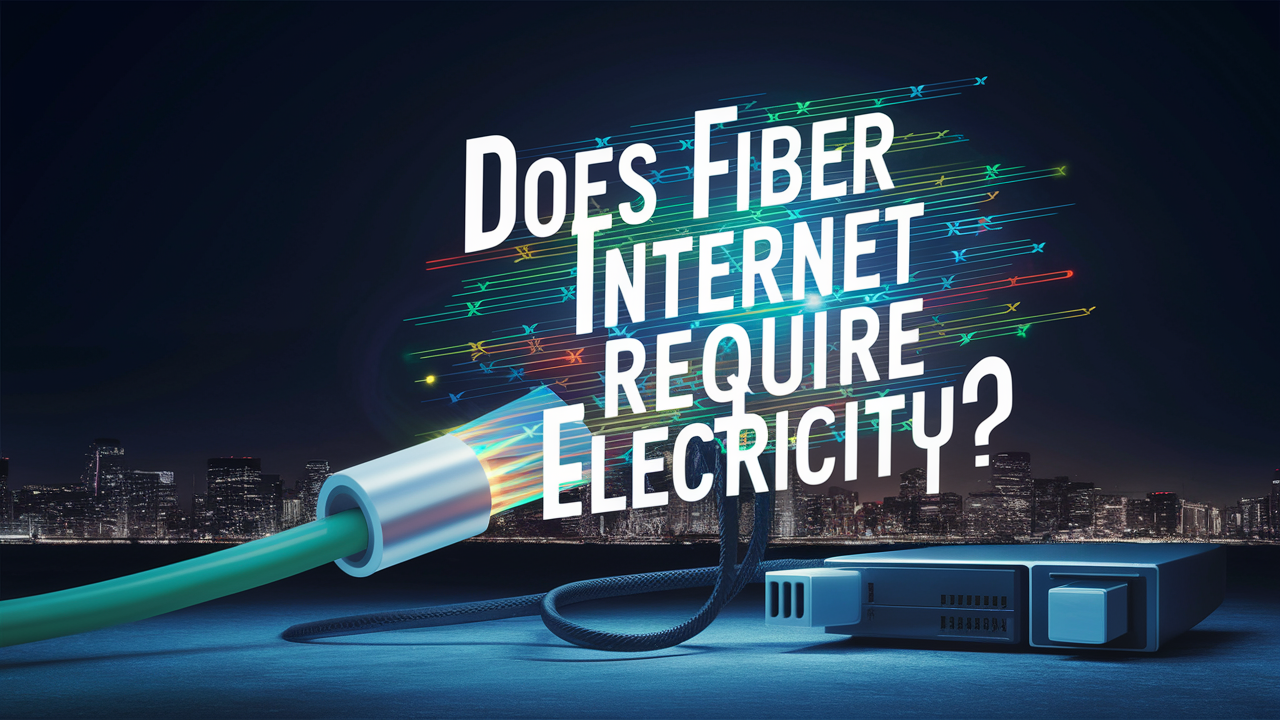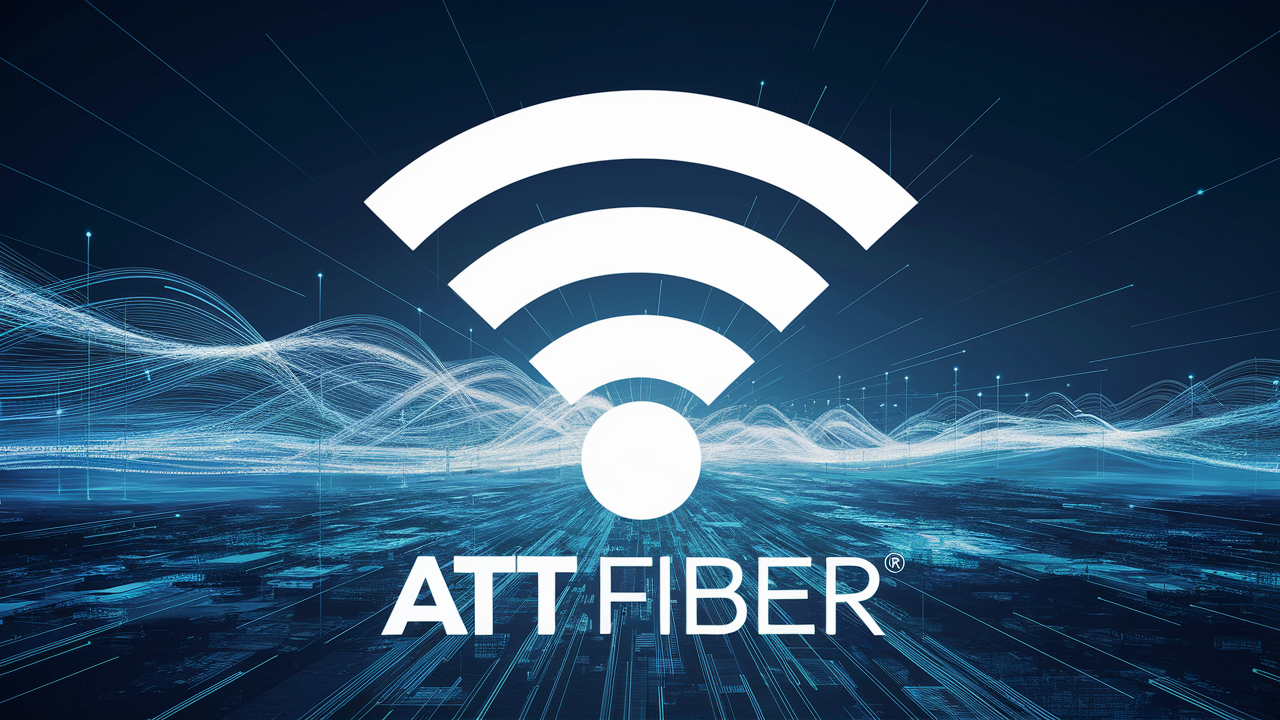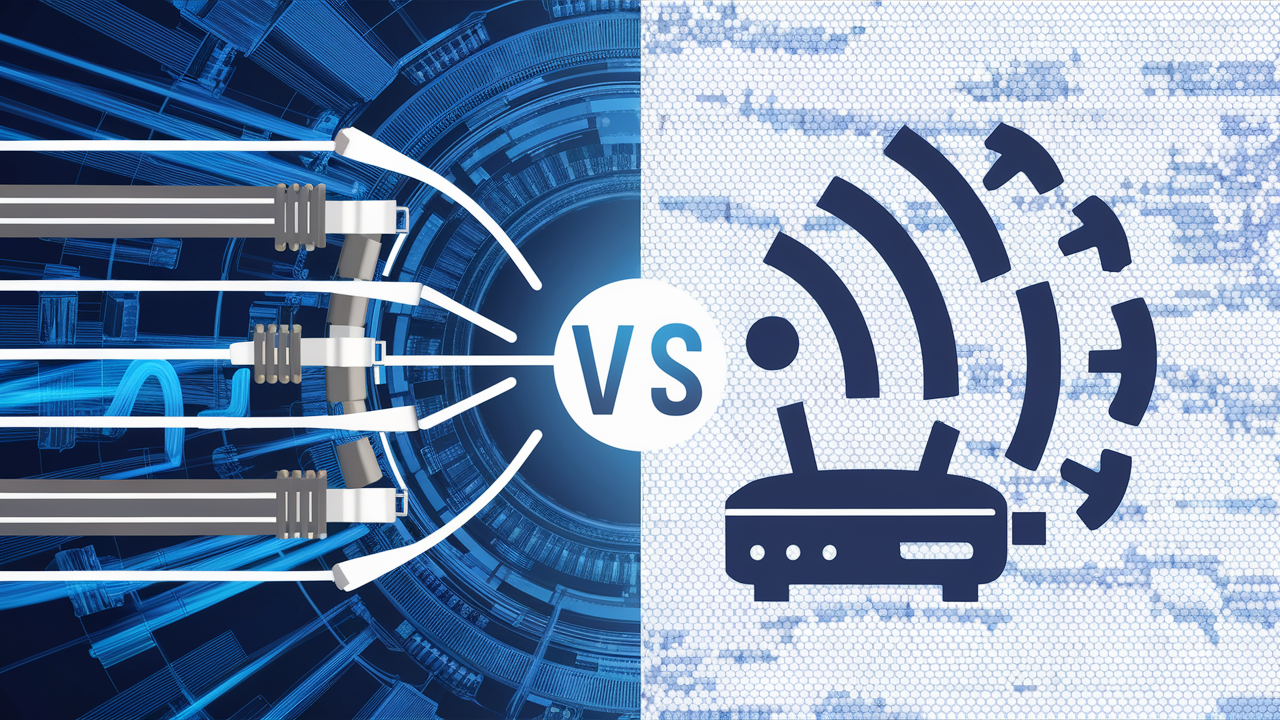
Fiber Internet is a type of broadband Internet service that uses fiber-optic cables to transmit Internet data instead of using copper wires or coaxial cables. Most people tend to think that fiber internet is the same thing as Wi-Fi, Ethernet or any other networking technology but it is not.
Fiber Optic Cables
Fiber optic cables are made up of multiple thin strands of extremely clean glass or plastic that send signals in the form of light. They are able to carry data over great distances at very high speeds with very minimal loss of signal quality. This makes fiber internet much faster and more reliable than the other types of connections that are available to consumers.
Today, fiber optic cables are the core infrastructure of many internet networks. Cable companies lay long fibers across continents and beneath the seas to interconnect the cities and distribution points. From these nodes, providers bring copper, coax, or local fiber connected to individual homes or businesses.
Ethernet
Ethernet is the term used to define the set of wired Local Area Network (LAN) standards which allows connection of devices in a limited geographical region such as home or an office. For home networking, Ethernet uses Category 5 or better copper twisted pair cables with RJ45 connectors to connect the devices to the router, modem or hub.
A majority of home routers come with Ethernet ports which allow direct connections of gaming consoles, smart TVs, network storage devices and other equipment using Ethernet cables. This results in having a wired network of high speed which is highly reliable between devices. Wi-Fi networks more or less rebroadcast this core wired Ethernet network.
Fiber internet is the large capacity “backbone” needed in an internet service provider’s network and Ethernet lays down wired LAN connections to devices. Though they are both used, they have different functions.
Wi-Fi
Wi-Fi is a trading style of wireless networking technology marketed by the Wi-Fi Alliance that utilizes radio waves to offer high-speed Internet and networking. Instead of cables, the devices with Wi-Fi features can directly connect to the wireless access point and the latter acts as a connection to a wired network.
Normally home routers contain integrated wireless access points that can be used to broadcast the Internet connection as a home wireless network. This enables consumers to get an interface that can enable smartphones, laptops, tablets, and other devices to connect wirelessly to the network in an attempt to access the internet as well as other devices within the network.
Wireless connection of homes use router’s Ethernet ports and modem’s fiber/cable link to make it easy to connect Wireless Fidelity on devices. It should also be noted that for more dependable connections users can employ Ethernet cables for devices such as gaming PCs.
Key Differences
In summary:
- With regard to neighborhoods, fiber optic cables are the high-capacity internet ‘backbone’ capable of yielding high speeds over long distances. Information travels in the form of light pulses through glass or plastic conduits known as fiber cables.
- Ethernet is the set standard of the wired data transfer of devices and stations in a network over copper twisted pair cables and RJ45 ports. Ethernet lays down the wire-based framework inside homes and offices.
- Wi-Fi employs wireless radio wave signals to link communications devices, such as phones, tablets, and laptops to a local wireless access point and router. This links networks to wired Ethernet and the internet through the fiber-optic line.
Thus fiber internet and Ethernet complement each other to provide wired broadband Internet connectivity to homes and offices with very high network speed over fiber optic cable. A local Ethernet connection connects individual devices with cables within a building and can either be wired or wireless.
Wired internet provides the last wireless link to mobile consumer devices and laptops, which transmit the wired network over high-frequency radio waves using Wi-Fi. In totality, all three delivery methods play a role in establishing strong and elastic home broadband Internet access.
Both are significantly different but related; fiber optic lines, Ethernet cabling, and Wi-Fi broadcasting all have their own basic technologies to fulfill different roles in providing today’s internet access. Fiber delivers lightning-fast internet infrastructure to neighborhoods, Ethernet connects high-speed rLANs and wireless Wi-Fi allows mobility into the equation.
Read More:
How does fiber come into the house?
What is needed to install fiber-optic internet?
What hardware is needed for ATT fiber?
Does fiber require a phone line?
